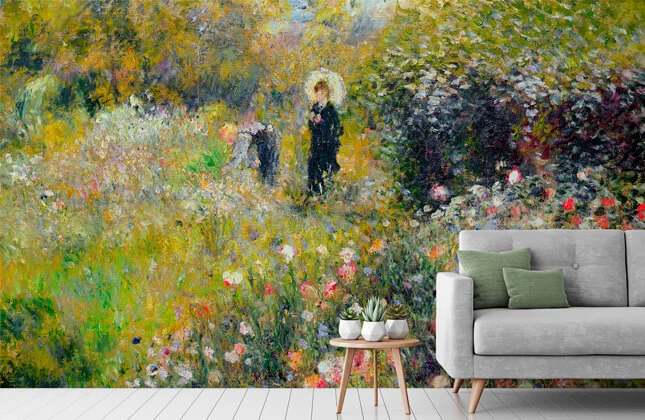I was introduced to Tim Tomlinson’s writing through his poetry, which I recommend highly to those who love poetry, and even more highly to those who don’t. You might find your distaste for poems is relieved after reading a few of his. Tim’s poems often feel like fiction, so I thought I knew what to expect when I picked up This Is Not Happening To You. I did not.

These are not easy stories to read. They are raw, pungent, and brutal, but tinged with the humor and beauty that lurk in the most unlikely places. Ranging from 2 to 30 pages long, they don’t feel like stories so much as 19 glimpses through the slats of a fence viewed from a moving train – startling and better comprehended after some digestion.
Like an expert marksman, the author draws a bead on each protagonist and does not blink until after each story’s final word. The characters are drawn with such attention to detail that the reader will almost certainly recognize some of them from their own lives. Their circumstances can be so real that they transcend truth, as in this excerpt from The Motive for Metaphor:
“Six weeks later he moved to Los Angeles where the red-haired woman belonged to a repertory company that welcomed Maris. The New York edge, they told him, is what they’d been missing. Maris told them he was from Montana, which was half true, but he didn’t remember which half. You reach an age, he told them, when the lies become the truth and the truth, it never mattered anyway, at least not as much as you thought it did.”
These stories cover a wide range of narrow insights, from painfully intimate first-person confessions to third-person observations of murder and rape that are told with almost clinical detachment. Two of the stories included in this collection, including the title piece, are written in the second-person. This rarely used perspective offers a unique relationship to the reader/protagonist. These two paragraphs from the title story are a perfect illustration of the book’s charms and dangers: the first one reveals the dark underbelly that hides the even darker underbellies of addiction:
“Approaching the corner of Dauphine and Touro, you discern the sickening deposits of last night’s bacchanal percolating throatwards. Clutching the sticky trunk of a banana tree, you hurl. Violently, agonizingly, remedially. Even as you discharge, you think. You are thinking, you are a thought machine. It’s a juxtaposition this time that commands your ideation, the juxtaposition “pink-green vomit and brown-black Louisiana loam.” You are not certain if “loam” is the correct term, horticulturally speaking. You are not certain if horticulture is the correct term. You are certain that you don’t give a fuck because although your gastro-intestinal distress has been somewhat alleviated by the reverse peristalsis, your head now hurts worse. A bit of a pain in the Gulliver….And there in the pink-green, brown-black gloop of yester-eve you spy the barely dissolved, barely discolored Extra-Strength Tylenol caplets, the very thing that enabled this excursion. Two conflicting impulses obtain: disgust at the puke and the objects of relief that lie therein.”
This second excerpt captures the impossible dream of every struggling artist, and of some successful ones:
“Some persons, you reflect, many even – that vast horde of unstout souls, might, at this time, experience the first stirrings of remorse, depression, self-recrimination. Not you. This is not happening to you, it is happening to the Undiscovered Genius, the character you’ve created to play you in the tragi-comic farce you know as “your life.” The talents of this Undiscovered Genius have yet to manifest in any recognizable form that might ultimately be remunerated by an institution, a governing body, a critical faculty, a network or publishing house, or rewarded by an adoring public. Its nebulosity, you understand, is part of its genius: the suspense! What form will it finally take, you imagine the public you have yet to seduce wondering? As far as forms are concerned, you have already conceded painting; painting is a form for which you demonstrated little if any aptitude. This was evidenced early on and most acutely by the F you took, and deserved, in ninth-grade Studio Art, the year you gave painting the brush. Singing, dancing, the violin…these, too, have been purged from your schema. You are practicing the process of discovery through elimination, one step at a time.”
I have reached the conclusion, after many years of pondering, that there is no such thing as “good art” or “bad art.” A work of art either speaks to you or it doesn’t. The 19 stories in This Is Not Happening To You resonate with me to a depth that is almost uncomfortable. Their unavoidable intensity should ring true to anyone with some experience of life. This is writing that will not just grab but hold the attention of any reader interested in contemporary literature. If you’re not careful, you might even find some pieces of these stories popping up in your memory, as if they had been happening to you.






Leave a comment